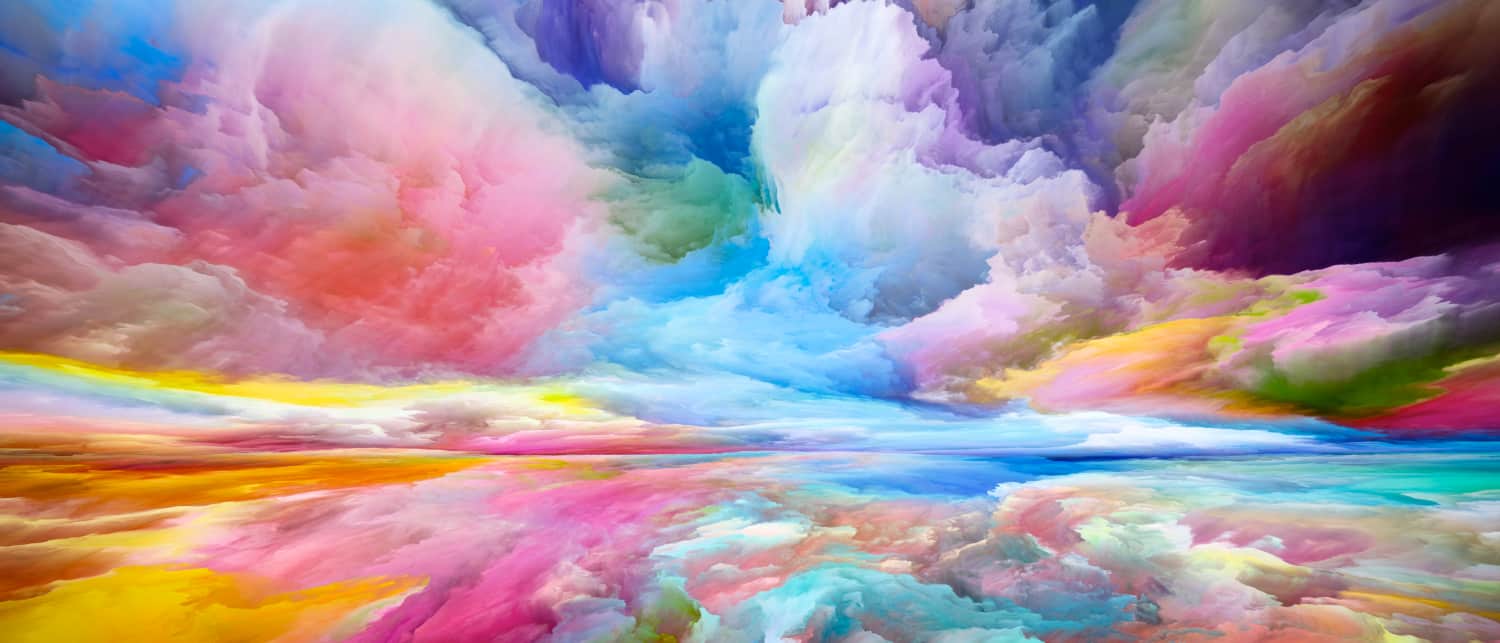When designing a website, there are many variables to consider, such as layout, navigation, font, and photography, to name just a few. All of these factors together combine to achieve one goal: to get people to stay on your site and to perform certain functions – in most cases, to purchase a product or service. Of all the tools you can use to create a successful website, one of the most effective is the use of color. In fact, some studies indicate that color can influence purchasing behavior by up to 80%. Specifically, the use of color can be applied to three very important strategies involved in website development: brand positioning strategy, buyer behavior strategy and audience targeting strategy. Let’s take a closer look at how color can be utilized in each of them.
Color and brand positioning
Brand positioning refers to how you want consumers to see your brand, especially as it compares to competitors. Color can play a vital role in this positioning and should be consistently used across all channels and materials, including your website. If you’re in the process of designing your website, you probably already have an established logo and a color palette that includes primary and secondary colors. Hopefully, you’ve chosen those colors based on the principles of color psychology so that they evoke certain emotions from the people who interact with your brand. Now, as you design your website, you will need to figure out how to apply those colors to your home on the internet so that you can attract and keep visitors to your website and hopefully encourage them to make purchases. Here are some things to keep in mind:
- Your logo should set the tone for which colors you will use on your website. When you use colors that are consistent with your logo, visitors to your site feel like they are in the right place and feel comfortable there. Your site will look professional, and it will build trust in your brand identity.
- While you should be consistent with the colors of your logo, you shouldn’t only use one color tone. You can play with the saturation and brightness of your logo color to give your website dynamic appeal, while equally adding in the more neutral colors of black and white to convey a strong brand identity.
- Don’t use too many colors. Fewer colors make sites easier to remember. Use your main logo color for the areas of the site that visitors will use to complete tasks, such as navigations, menus, boxes, buttons, links and search fields.Then add in another color that balances your brand color to make the site more vibrant.
- When it comes to text color, black text on a white background is tried and true. A black font will not compete with your brand color or your secondary colors.The high contrast of black text on a white background is easier to read and provides the best contrast for the visually impaired reader.
Color and buyer behavior
We all have a favorite color; for some of us, our favorite color has remained the same since we were children, while others have changed their color tastes based on life experiences. In spite of our individual attraction to certain colors, studies have shown some universal truths about the emotions and feelings that various colors invoke. And if colors bring about certain feelings, it follows that they can also influence behavior. In the case of your website, you will want to use colors that encourages interaction and ultimately, purchasing. Here are some general guidelines about the emotions that various colors elicit:
- Red: passion, energy and urgency and also danger or anger – can indicate savings and can prompt rash buying decisions
- Yellow: happiness, optimism and spontaneity – grabs the shopper’s attention
- Orange: energy and inspiration – creates a subconscious call to buy and is associated with affordability
- Green: nature, health, wealth, growth, prosperity, serenity – makes shoppers feel that the product will be healthy or environmentally friendly
- Blue: trust, dependability, wisdom and loyalty – conveys feelings of trust in your brand and expertise
- Purple: mystery, magic, ambition and royalty – makes consumers feel that your brand will make them look enriched
- Pink: romance, sensitivity, femininity and cheerfulness – appeals to the shopper’s sense of playfulness
- Brown: stability, dependability and warmth – makes shoppers feel sophisticated
- Black: power, professionalism, sophistication and luxury – gives your brand a sense of dominance
- White: purity, simplicity and innocence – use white space to lend spaciousness and light to your website, giving viewers a chance to breathe
Color and audience targeting
When it comes to a color strategy for your website, knowing your target audience is key to attracting the people who are most likely to want your product or service. Here are the factors to consider:
- Gender: Is your audience mostly male or mostly female? Studies show that men seem to prefer bold, bright colors, while women prefer softer tones and pastels. Men are more tolerable of achromatic colors like black, white and gray. Men also seem to shy away from purple. And women seem to prefer tints (any color with white added – e.g., pink is a tint of red and light blue is a tint of blue), while men prefer shades (any color with black added – e.g., maroon is a shade of red and navy is a shade of blue). And if you want to appeal to both men and women, studies show that you can’t go wrong with true blue.
- Age: Color preferences seem to vary by age. The color of light varies by its wavelength. Violet is at the shortest wavelength and red is at the longest. As people mature, they seem to prefer color of shorter wavelength (blue, green and violet) rather than colors of longer wavelength (red, yellow and orange). Brighter colors and solid blocks of color are more attractive to young children. Teenage girls tend to like pink and purple. Adults tend to prefer more subdued colors and tend to stick with their favorites, though blue and red seem to appeal to people at all stages of life. Older adults are generally more attracted to calming colors of blue, green, pink and purple rather than stimulating colors of red, orange and yellow.
- Income and education level: Blue-collar workers and those who are less educated tend to prefer bright and warm primary and secondary colors, while wealthier or more educated people tend to prefer more complex tertiary colors (primary colors mixed with secondary colors, such as yellow-orange, red-orange and blue-green) and shades and tints of primary and secondary colors.
- Climate: People tend to like colors that are associated with their climate, so those who live in warm climates respond to bright, warm colors, while those in cooler climates like cooler, more subdued colors.
When considering color for your website, there are as many factors to consider as there are colors themselves. The guidelines above are by no means hard and fast rules, but they can provide you with a starting point as you begin to develop your site. Every business has its own nuances that can sometimes override the statistics. Combine the established guidelines that are based on research and study, as we’ve outlined here, and then finesse those guidelines to meet the needs of your brand. In the end, it’s always best to test your use of color on a small sample of people in your target demographic. They can provide valuable feedback and help you make a final choice about the color combinations you will use.
Sources:
https://uxmovement.com/content/how-to-use-color-to-brand-your-website/
https://www.invervemarketing.com/blog/the-effects-of-color-on-consumer-behavior
https://www.convinceandconvert.com/digital-marketing/marketer-color-theory/
https://neilpatel.com/blog/gender-and-color/
Color Psychology and Color Therapy by Faber Birren
https://www.empower-yourself-with-color-psychology.com/target-markets.html

